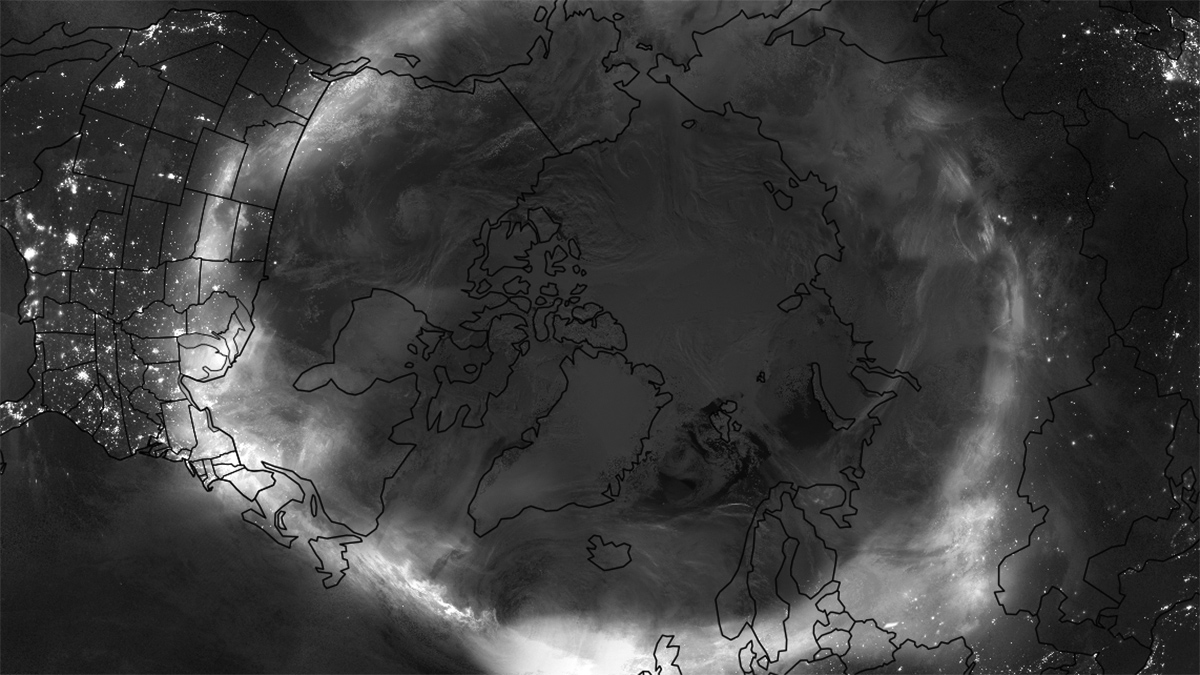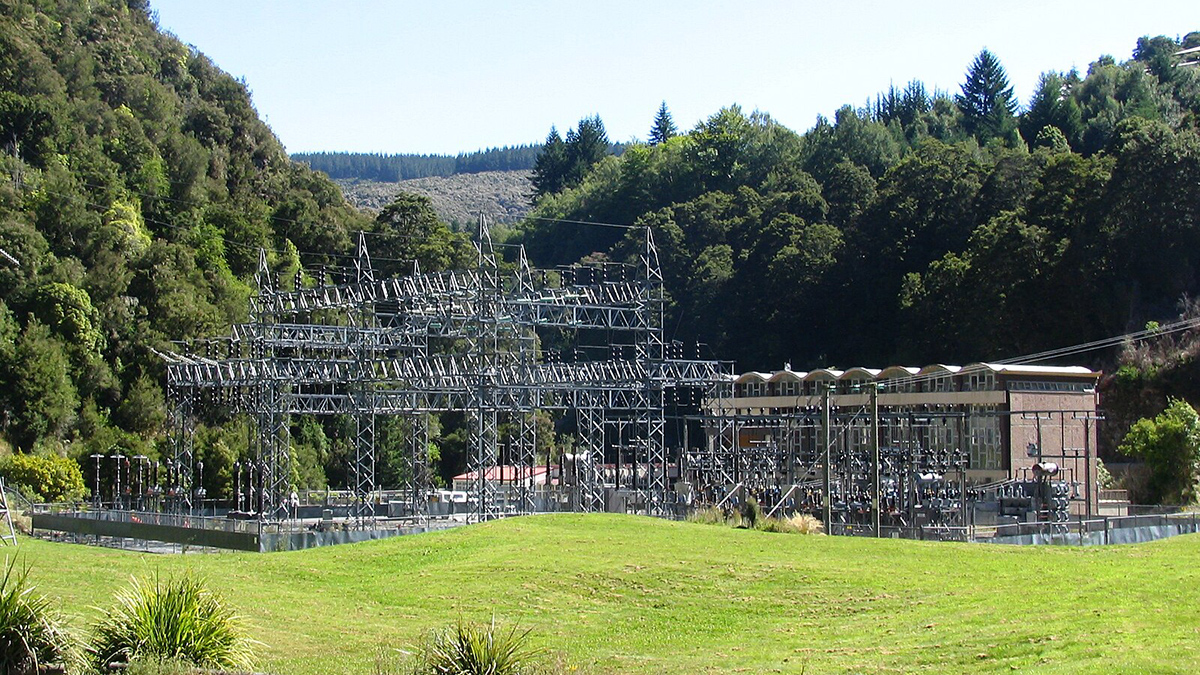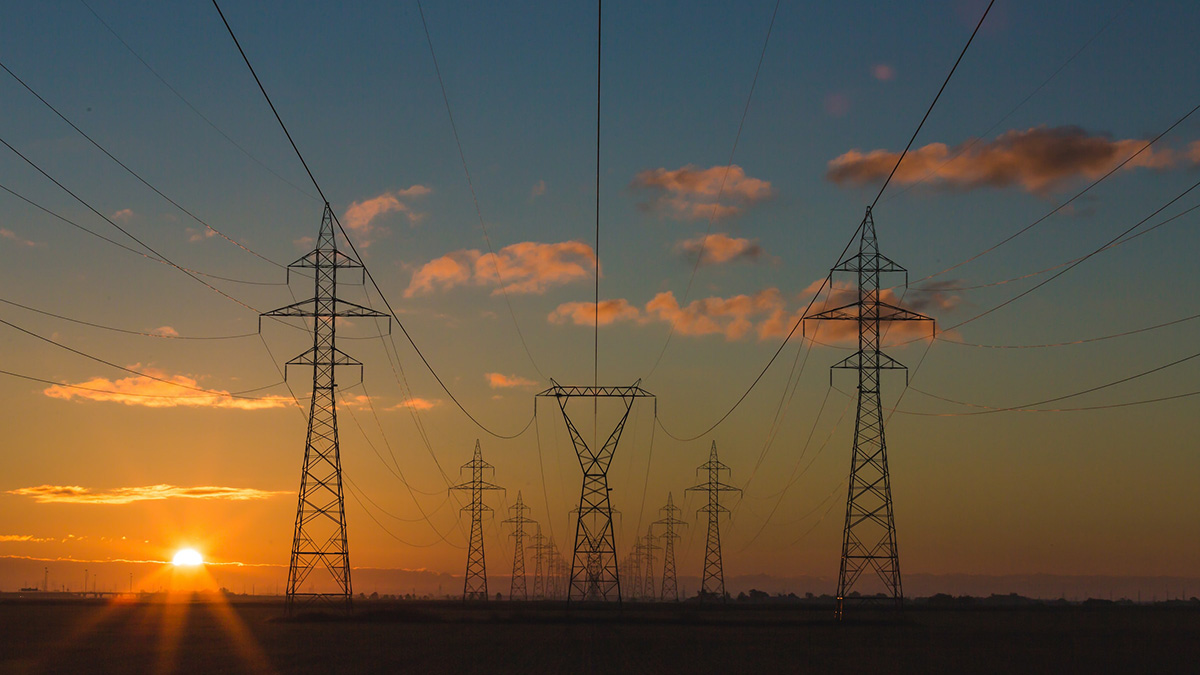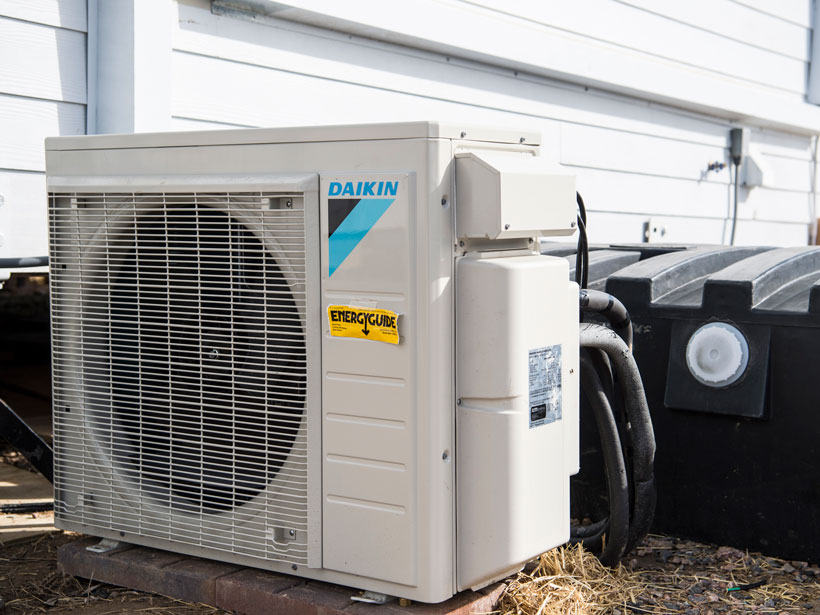Officials now have access to a suite of models they can use to head off damage to critical infrastructure.
power grids
U.S. Power Grids are Vulnerable to Extreme Weather
Different kinds of severe weather, including multiple kinds at once, have different impacts on the grid in different places.
Un enfoque holístico de los datos hidroeléctricos
Una nueva plataforma en línea ofrece extensos datos y herramientas sobre los recursos hidroeléctricos de EE. UU., lo que permite tomar decisiones basadas en datos en el nexo energía-agua.
Protecting Power Grids from Space Weather
A new paper explores ways to mitigate the impact of geomagnetically induced currents on the New Zealand power grid.
A Holistic Approach to Hydropower Data
A new online platform offers comprehensive data and tools about U.S. hydropower assets, enabling data-driven decisionmaking at the energy–water nexus.
Drought Leads to More Fossil Fuel Emissions
Hydropower lost in one area is often replaced by fossil fuel power produced elsewhere—and renewable energy sources may struggle to meet electricity demands caused by more frequent dry spells.
Summer Heat Waves Could Cause Blackouts Across the Country
Higher than normal temps could strain grids that are not used to unprecedented heat waves.
Can Decommissioned Mines Become Green Power Generators?
A new report supports the idea that underground mines can be transformed into energy storage facilities, adding the possibility of on-demand, carbon-free power to energy grids.
The Century-Old Renewable You’ve Never Heard Of
Ocean thermal energy conversion could power the world’s tropical islands, if it ever gets out of the “innovation valley of death.”
Las bombas de calor pueden reducir las emisiones de los hogares, pero no en todas partes
Un nuevo estudio muestra que, en los lugares correctos, las bombas de calor pueden ayudar a los propietarios a reducir las emisiones de gases de efecto invernadero, ahorrar en costos de calefacción y aire acondicionado, y promover la salud pública.










